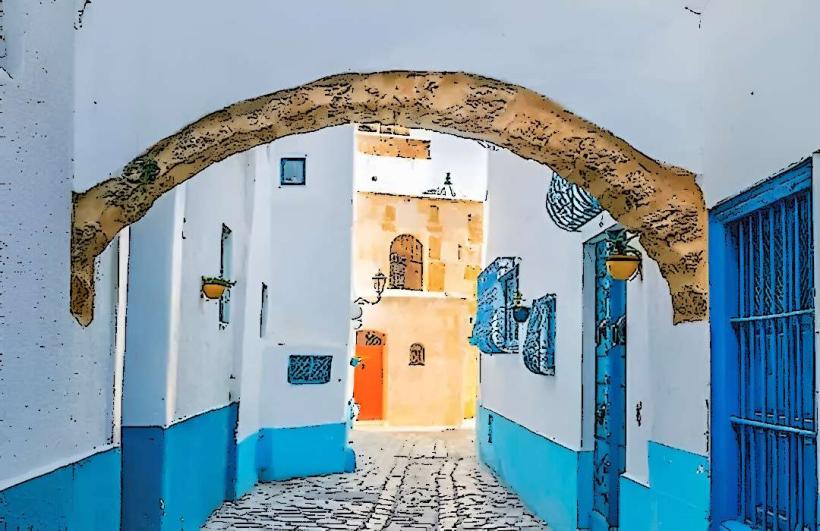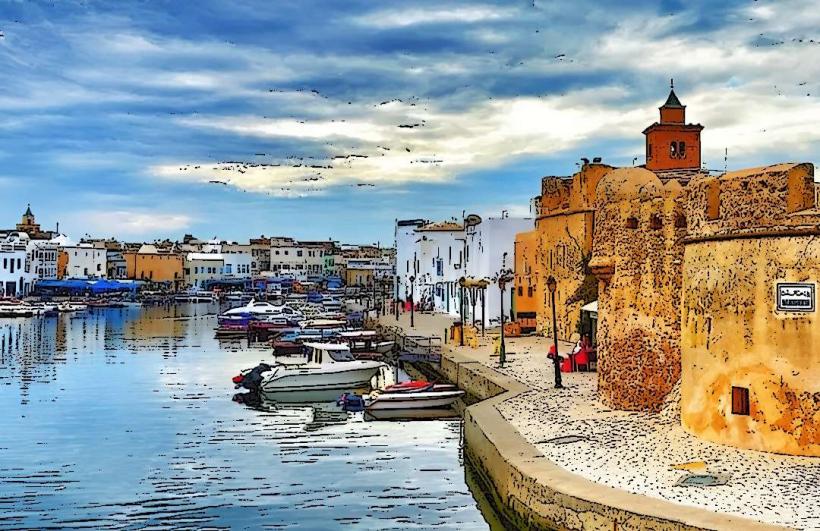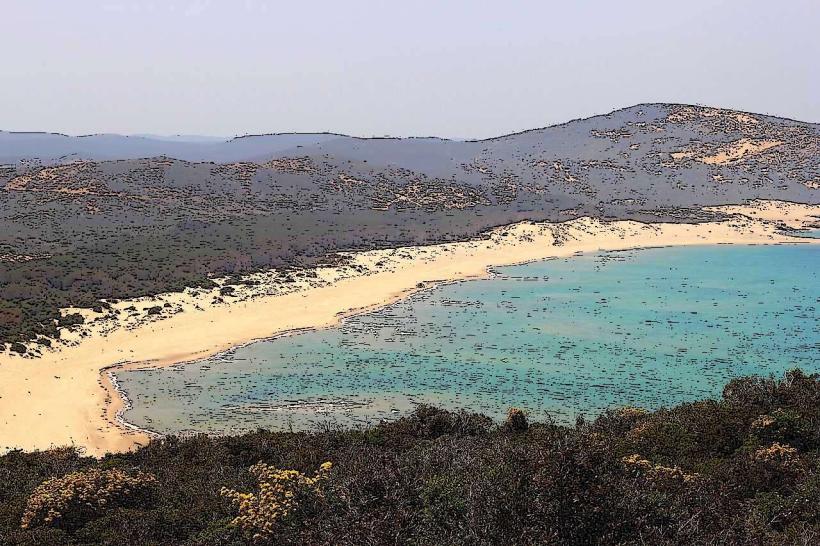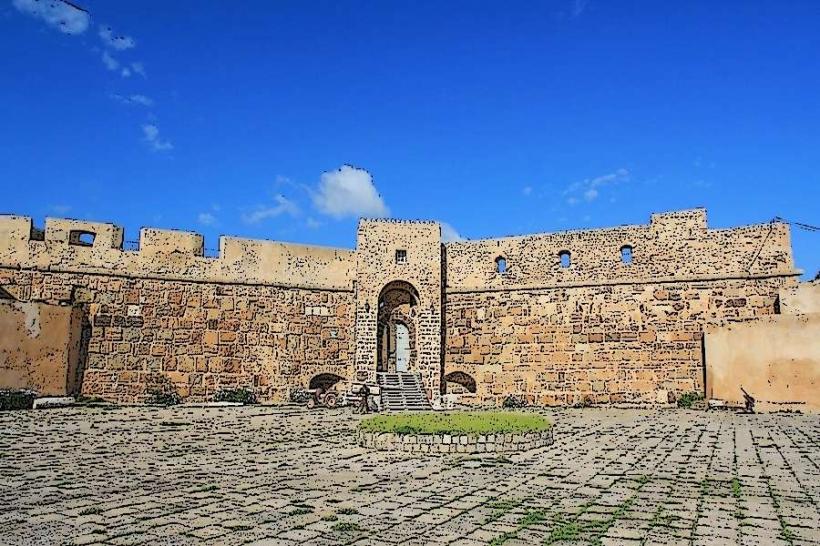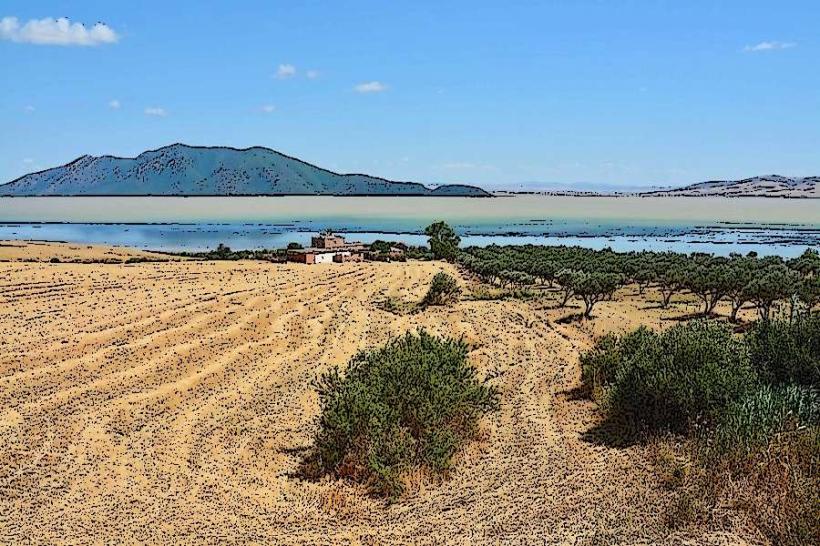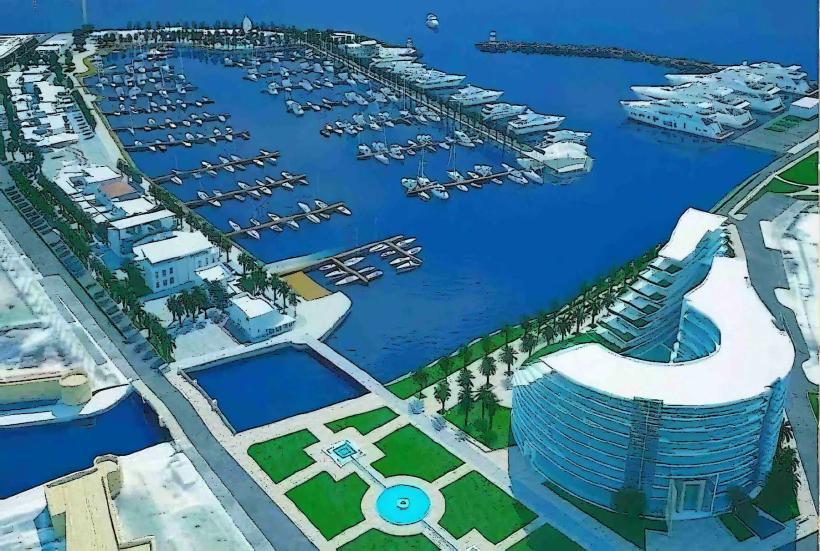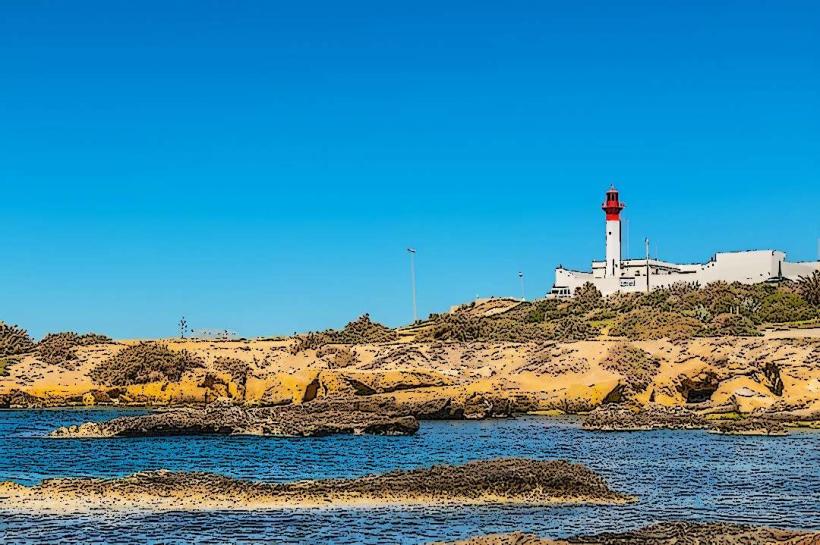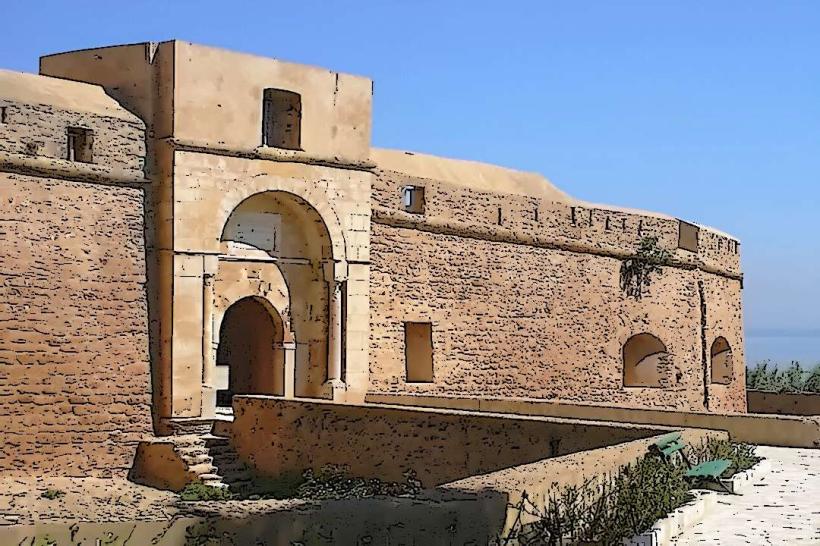Information
Landmark: Oceanographic MuseumCity: Bizerte
Country: Tunisia
Continent: Africa
Oceanographic Museum, Bizerte, Tunisia, Africa
Overview
Tucked inside Fort Sidi El Henni-locals call it La Ksiba-the Oceanographic Museum of Bizerte packs centuries of maritime history into its modest rooms, right at the edge of the heritage port in northern Tunisia, consequently one of the region’s oldest museums, it showcases natural science, marine life, and history inside a coastal fortress where salt-streaked stone walls tell their own story.Fort Sidi El Henni traces its roots to the Byzantine era, its stone walls later reshaped by Arab, Ottoman, and French hands, therefore the fort held real strategic weight, thanks to Bizerte’s spot on the Mediterranean-a busy port where salt-laced winds carried the scent of the sea, mildly Founded in 1924, the Oceanographic Museum ranks among Tunisia’s first scientific institutions devoted to marine research, where early visitors could peer at shells glistening under glass, also it began as a marine research center, then grew into a location where visitors could learn about Tunisia’s rich marine life and the stories tied to its seafaring past, from the shimmer of sardine shoals to the creak of wooden fishing boats.As you can see, The museum sits within the vintage fort, its thick stone walls cool to the touch, with graceful arched doorways and tall watchtowers watching over the grounds, along with at the entrance, a fountain trimmed with pale seashells catches the eye and welcomes visitors.Inside, the space is split into several sections over two floors, with displays tucked into what were once cramped military quarters smelling faintly of timeworn wood, meanwhile upstairs, you’ll find a café dressed in traditional Tunisian décor, where wide windows frame sweeping views of the port and the city’s rooftops.The Marine Life Aquarium showcases creatures from the Mediterranean, from groupers and sea bass gliding past rays to starfish clinging to rock, sea urchins, octopuses, and sly moray eels, while you’ll also spot loggerhead turtles, crabs, and a massive preserved shark alongside an array of taxidermied specimens.Models of traditional fishing boats-like the sleek felucca or the sturdy chalutier-rest here, their wooden hulls smelling faintly of salt and varnish, besides compasses, barometers, sextants, even the heavy iron anchors glinting in the sun-these are the tools of the sea.Sailors once relied on maps and navigation charts to trace the winding routes across the Mediterranean, plotting courses past sunlit harbors and rocky coasts, moreover black-and-white photos capture Bizerte’s bustling fishing crews and the steady growth of its sunlit harbor.Scientific and cultural panels explore everything from the role of Posidonia oceanica in marine ecosystems to coastal erosion and conservation challenges in Tunisia, along with fishing methods used in the Bizerte Lagoon and the open sea, and how climate change is affecting marine biodiversity; the museum often welcomes school groups and university students, especially those studying marine biology or environmental science, who pause to examine a preserved seagrass sample under glass, therefore it’s designed to shine a light on overfishing, pollution and plastic swirling through the sea, and the need to protect wetlands.Some exhibits invite you to touch, listen, or play-perfect for curious kids, meanwhile the museum sits inside an aged stone fortress, its halls lined with weathered ship wheels and shells, giving visitors an atmosphere that draws them in, to some extent Some exhibits feel a bit dated and miss the sleek touchscreens you’d expect, but visitors often rave about the museum’s genuine charm and the quiet hush of its antique wooden floors, likewise from the rooftop café, you can sink into a calm corner and watch Bizerte’s harbor glint in the sun-an ideal spot to snap a photo.You’ll find Fort Sidi El Henni in Bizerte’s timeworn Port, Tunisia, at 37.2768° N, 9.8659° E, on top of that it’s open Tuesday through Sunday from 9:30 a.m. To noon, closed on Mondays, therefore entry costs about 500 millimes-barely the price of a cup of coffee.Go in the morning, ideally on a weekday, when the sea breeze is cool and the crowds are thin, also be aware that stairs and uneven stone floors make some areas tricky for wheelchairs.From downtown Bizerte, it’s just a 10–15 minute stroll along the coastal road, simultaneously you can hop in a local taxi or squeeze into a shared minibus from the central bus station, just a quick ride away.You can park just down the antique port road, a short amble past the weathered docks, furthermore if you’re curious about Tunisia’s marine life, seafaring history, or timeless architecture, this museum’s worth a visit-especially when you pair it with a stroll through Bizerte’s heritage medina and the sunlit, salt-scented port.
Author: Tourist Landmarks
Date: 2025-09-27

